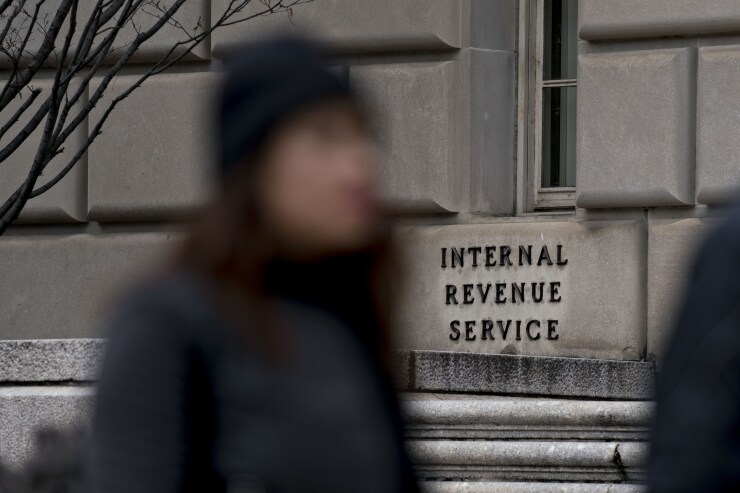The Internal Revenue Service updated its
The Biden administration expanded the Child Tax Credit as part of the American Rescue Plan last year, offering families advance monthly payments of $250 to $300 per child during the second half of the year, depending on their age, in an effort to reduce the rate of childhood poverty. For tax year 2021, the Child Tax Credit increased from $2,000 per qualifying child to $3,600 for children ages five and under, and $3,000 for children ages six through 17, at the end of 2021. The Biden administration had hoped to extend the expanded tax credits this year as part of the Build Back Better Act, but that massive legislative package has been stalled in the evenly divided Senate after passing the House last year. Only about half the full amount of the full tax credit was distributed to families last year.
Now taxpayers and tax professionals are dealing with calculating how much can still be claimed, and in some cases, how much is owed to the government if there was too much of an overpayment. Many taxpayers are also discovering that they are receiving less of a tax refund this year than they had anticipated since half the usual amount of the Child Tax Credit was sent out in advance last year along with the expanded portion.
The IRS is advising families to ignore an earlier publication, Publication 972, Child Tax Credit, which has become obsolete. The changes in the new FAQ guidance reflect that. The IRS said that taxpayers should instead refer to

Earlier this tax season, the IRS also had to backtrack on the letters it had sent to taxpayers about the amount it had on record for them on the Advance Child Tax Credit payments, as well as the portal it had set up for the credit, ChildTaxCredit.gov (
The revisions and additions in the new FAQs are as follows:
- 2021 Child Tax Credit and Advance Child Tax Credit Payments — Topic B: Eligibility for Advance Child Tax Credit Payments and the 2021 Child Tax Credit: Q3;
- 2021 Child Tax Credit and Advance Child Tax Credit Payments — Topic C: Calculation of the 2021 Child Tax Credit: Q1; and,
- 2021 Child Tax Credit and Advance Child Tax Credit Payments — Topic D: Calculation of Advance Child Tax Credit Payments: Q1.
The IRS said the FAQs are being issued to provide general information to taxpayers and tax professionals as expeditiously as possible.
Child and Dependent Care Credit
Separately, the IRS also made a push on Tuesday to highlight a related tax credit, the
“There are many important tax credits available for families, and we don’t want anyone to overlook the Child and Dependent Care Credit,” said IRS Commissioner Chuck Rettig in a statement. “We encourage families and others who may qualify for this credit to carefully review the criteria to make sure they receive the maximum amount they’re entitled to. We also encourage the tax professional communities and others to share this important information.”
For the Child and Dependent Care Credit, the IRS defines a qualifying person as:
- A taxpayer's dependent who is 12 or younger (no age limit if incapacitated) when the care is provided;
- A taxpayer's spouse who is physically or mentally unable to care for themselves and lived with the taxpayer for more than half the year;
- Someone who is physically or mentally unable to take care of themselves and lived with the taxpayer for six months and is either:
1. The taxpayer's dependent or;2. Would have been the taxpayer's dependent except for one of the following:
- The qualifying person received gross income of $4,300 or more;
- The qualifying person filed a joint return; or,
- The taxpayer or spouse, if filing jointly, could be claimed as a dependent on someone else's return.
Taxpayers can use an





